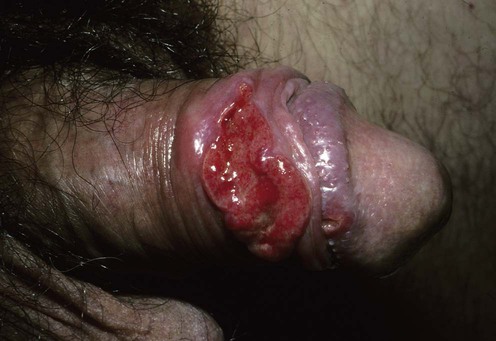Granuloma inguinale

Specific investigations
Third-line therapies
Special considerations
Pregnancy: Pregnant and lactating women should be treated with erythromycin with consideration for the addition of a parenteral aminoglycoside. Azithromycin may also be safe and effective.
HIV infection: Patients often require prolonged antibiotic treatment following the regimens cited above. The addition of gentamicin should be strongly considered.
Children: Children should be treated with short course azithromycin dosed at 20 mg/kg. Infants born to mothers with donovanosis should be treated prophylactically with 3 days of azithromycin dosed at 20 mg/kg once daily.





 Azithromycin
Azithromycin Doxycycline
Doxycycline Erythromycin
Erythromycin Trimethoprim–sulfamethoxazole
Trimethoprim–sulfamethoxazole Ciprofloxacin
Ciprofloxacin Ceftriaxone
Ceftriaxone Gentamicin
Gentamicin Surgical treatment
Surgical treatment Norfloxacin
Norfloxacin Trovofloxacin
Trovofloxacin Ampicillin
Ampicillin Chloramphenicol
Chloramphenicol Thiamphenicol
Thiamphenicol